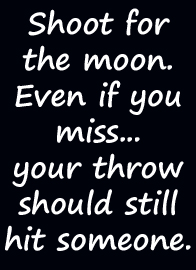 The young man sits at his computer as the iridescent glow of the screen washes over his face and the anxious look adorning it.
The young man sits at his computer as the iridescent glow of the screen washes over his face and the anxious look adorning it.
His palms are sweaty and his gaze darts back and forth across the screen in search of an answer.
The stares of those seated around him are threatening to burn holes in his skull.
His brain is urging him to act but the right selection continues to slip through his thoughts like a wet noodle.
Alex Soukup is already off the boards, I knew he’d be the first one taken.
I’m really leaning toward either Andy Johnson or Miles Potter. Either one would be a great choice, but their stats make it hard to pick one over the other!
Or maybe I go with a dark horse like Jack Young?
Gahhhhh, why does this have to be so difficult?!
That poor soul you just read about? It’s me.
But not the real me.
This is a hypothetical Josh who exists in a world where college dodgeball has soared past football and basketball to become America’s most beloved collegiate game.
In this alternate reality, it’s the same time of year we’re currently enjoying. School’s out for the summer and dodgeballers across the country are enjoying a relaxing off-season.
So why is the hypothetical me analyzing the dodgeball prowess of some of the game’s best players?
Because I’m playing fantasy dodgeball, of course!
(Those sounds you hear are the chuckles of all the skeptics and pessimists who’re thinking, “Oh great, here we go again…”)
Betcha that was the same reaction fantasy football would’ve gotten back in the days when the ball looked more like a watermelon.
I know it requires a big leap to even consider fantasy dodgeball at this point in our sport’s history.
But this is my column and I make the rules. So there.
The idea for a column about the very distant possibility of fantasy dodgeball hit me in the week leading to my league’s fantasy football draft.
I was looking at the list of players and their projected stats and started thinking to myself, “How cool would it be if these were the faces of college dodgeball players staring back at me?”
How proud would I feel knowing that dodgeball enthusiasts across the nation were pouring over the vital facts and figures of their favorite players in the weeks leading up to the season?
Let me answer that question for you: stupendously.
But when I started thinking about it some more, I realized my dream scenario was missing the basic foundation of fantasy sports: viable statistics.
After all, fantasy sports wouldn’t exist without stats.
That would be like a car without tires: it might look good but it isn’t going anywhere.
It was when I hit this snag that the hamster really started turning in his wheel.
A possible stat would dance through my head like a graceful ballerina only to disappear like a supermodel’s waistline for one reason or another.
Too inconsequential. Too hard to calculate. Whoops, wrong sport!
I focused my brainstorming by reviewing the stats available to fantasy football players.
Then it hit me like a GVSU fireball to the face (minus the brain damage).
Fantasy football stats are designed to evaluate how much of an asset a player would be for your team.
Dodgeball stats should do the same thing – if you were considering adding a player to your team (real of fantasy), what kind of impact would they have?
Turns out clearing this mental hurdle was the equivalent of drilling a hole in the middle of a dam – the ideas starting coming so fast I had to write them all down so I wouldn’t forget any.
Which brings me to the big reveal.
After haphazard consideration and not-so-thorough analysis, I present the first generation of college dodgeball statistics!
STAT #1: Throws
We’ll start out with an obvious one. Players with good hands might be more valuable, but dodgeballers who sport rocket arms are undoubtedly the rock stars of our game. Seeing how many times a guy throws the ball during the game measures his aggressiveness and his overall arm strength. The dodgeball equivalent of shot attempts in basketball, this stat measures the number of times a player has thrown during the season. Since throwing more increases your likelihood of getting someone out, you would typically assume the more throws the better. But a high number of throws can also be a negative if you’ve amassed a large total in stats number 4 and 5, which we’ll get to in a second.
STAT #2: Kills
If this stat sounds scary, it’s because it is, especially if you’re facing GVSU. I would consider the total number of kills a player has to be a “money stat.” It’s like the number of touchdowns a quarterback throws in football. It’s a stat that’s clear cut and indisputable. If a QB throws 45 touchdowns, he’s a good quarterback. If a dodgeball player racks up 60 kills in a season, he’s a good player. That being said, it’s also important to consider stat number 3 when discussing kills.
STAT #3: Kill Percentage
In basketball, great shooters can really help their team when they’re shooting a good percentage. But when they go cold, their erratic shooting can really hurt their team’s chances. Kill percentage is a mirror image of shooting percentage, taking the total number of kills and dividing it by the total number of throws to tell you what percentage of a player’s throws actually knocked an opponent out of the game. Having never gathered dodgeball statistics, I can’t say for certain what the kill percentage would be for the league’s best throwers. But I would imagine it being along the same lines as some of the NBA’s most prolific scorers, meaning a percentage somewhere between 40-50% would put you among the league’s elite. This stat’s also important because it measures a player’s efficiency when throwing. A high percentage means that player is picking his spots and not making wasted throws. And considering the tournament format of most dodgeball competitions, preserving one’s arm strength can never be undervalued.
STAT #4: Throws Caught
This is a very damaging stat for the sheer fact that it hurts a team more than any other performance measure. The total number of throws a player makes that the opposition catches indicates several things about that player. The first is that the player is likely undisciplined in his throwing habits. Since a huge part of earning kills lies in throwing strategy, a high number of throws caught likely means a player is making long, lazy throws or is simply challenging players who are adept at catching. Either way, this also shows a lack of dodgeball knowledge that will likely translate into other statistical categories.
STAT #5: Caught Percentage
The inverse of kill percentage, this stat measures the number of throws caught divided by the number of throws. This would be an embarrassing stat if it got above a normal percentage. A good comparison would be a player with a low free throwing shooting percentage in the NBA. As much as that stat’s a warning sign for NBA teams, this stat should also raise a red flag in dodgeball circles. Not only does it consequently decrease a player’s kill percentage (and his kills), it also contributes to another forthcoming stat that players should be keen to avoid.
STAT #6: Blocks
While it’s probably one of the least glamorous dodgeball stats, the total number of blocks a player accumulates would have a large scoring impact in my fantasy dodgeball realm. I mentioned it in an another piece, but answer me this: if Player A gets 5 kills in a game and blocks made by Player B keep 10 of his teammates in the game, which player is more valuable to his team? You could make a solid case for either argument. To further augment the importance of blocking in dodgeball, consider this comparison: in football, whether an offense is running or passing the ball, what is one thing that offense must do if it wants to succeed either way? That’s right, it must block. Making blocks for retreating players keeps your throwers in a game. In many ways, it’s the equivalent of an assist in basketball since you’re setting a teammate up to do something after your effort. A high number of blocks can also correlate to a higher number of kills considering players who charge forward to throw are often attacked before their attempt.
STAT #7: Catches
Catching is the single most important thing a player can do in a dodgeball game. It’s a simple truth that’s kept a team like OSU at the top of the league every year. For that reason, catches would earn huge points in fantasy dodgeball. It would also be a stat that contributed heavily to a player’s overall skill level. Fans might look at kills, but fellow players will look at catches. The number of rebounds a basketball player has per game is a great comparison for this stat. Like catching, rebounding is tough and doesn’t always draw the reaction from the crowd that a sick dunk might. But teams love players that step up and rebound, and if you look at the stats, teams that win the rebound battle often win the game. A focus on catching might translate to fewer kills. But I wouldn’t be surprised if that kind of team-first mentality didn’t translate into a higher number of blocks and a lower number of our next stat.
STAT #8: Outs
You can’t help your team if you’re on the sideline. It doesn’t take a genius to figure that out. However, it does take some thinking to realize the impact that a high number of outs has on almost every other stat on this list. Whether it’s by getting hit, throwing a caught ball or stepping out of bounds, a player’s total outs is a huge detriment to his overall effectiveness. It’s the same for players with a high number of fouls in basketball. Outs once again suggest a lack of discipline that doesn’t bode well for a player or his team. Players with high caught percentages will obviously have high out totals, as will players who play on teams without prolific blockers. In fantasy dodgeball, this would be the primary warning flag when drafting a player. If he gets out a lot, he’s not going to carry much value.
STAT #9: Out Percentage
This is the cousin of the kill and caught percentages. Out percentage takes the total number of points that concluded with a player being out divided by the total number of points they played. It basically tells you how likely it is that a player will be on the court when a point concludes. For example, if Player A has an out percentage of 23, then there’s a 77% chance he’ll be on the court when a point concludes. It’s a great measure of a player’s resilience and their grasp of dodgeball’s important skills. After all, being on the court at the end of a point is basically a game of survival. If a player has a low out percentage, it means they’re adept at blending in with their surroundings or they block, catch and kill better than their opponent. If it’s the latter, then a low out percentage can typically be considered a good gauge of player effectiveness.
STAT #10: Ball Grabs
Its name might draw a laugh, but this is an underrated stat in college dodgeball. Teams like GVSU have proven that ball control is essential for victory. Control the balls and you can dictate the tempo of the game. Teams that dictate the tempo of the game usually win. It’s a logical progression that starts with a good opening rush. In order to come back from the rush with a majority of the balls, you need fast players. A ball grab is awarded when a player comes away from a rush with a ball. This stat helps to quantify and reward speed, a quality that often goes unnoticed during competition. Consider it dodgeball’s version of the stolen base. In baseball, speedy baserunners can put you in a position to win. Same goes with our game.
STATS #11, 12, 13: Kills, Blocks, and Catches Per Game
It’s always important to have a “per game” stat thrown in to reward players who perform consistently over several games. Looking at the total number of kills, blocks and catches only tells half the story. Since fantasy dodgeball occurs only after the league has set schedules for every team, per game discrepancies aren’t a factor. Per game stats also help interested parties know roughly what they can expect from a certain player. If you’re the captain of a team and looking to start a guy who can get you 10 blocks per game, all you do is look at his BPG. Per game stats will also help determine league leaders in each major category.
That concludes my initial list of dodgeball stats.
Does your head hurt now? Mine too.
But choke down some Tylenol and bear with me. We’re almost finished.
I’m very aware that fantasy dodgeball is on a horizon many years in the future. In fact, fantasy sports might not even be around by the time this becomes a possibility.
Regardless of that fact, this college dodgeballer thinks it’s about time our beloved game got a statistical facelift.
The stats I’ve outlined are relevant, original, and best of all, easy to calculate.
At the very least, I say we try it out with bigger programs like GVSU or SVSU and see how they work.
Like any improvement, I’m sure there will be tweaks and upgrades that need to be made.
Once the wrinkles are ironed out, I think we’ll all be amazed at how long we went without stats.
Besides, how fun would it be to whisper to your teammate in a crowded elevator, “You’re just jealous because I’ve got five more kills than you.”
That’s what I thought.






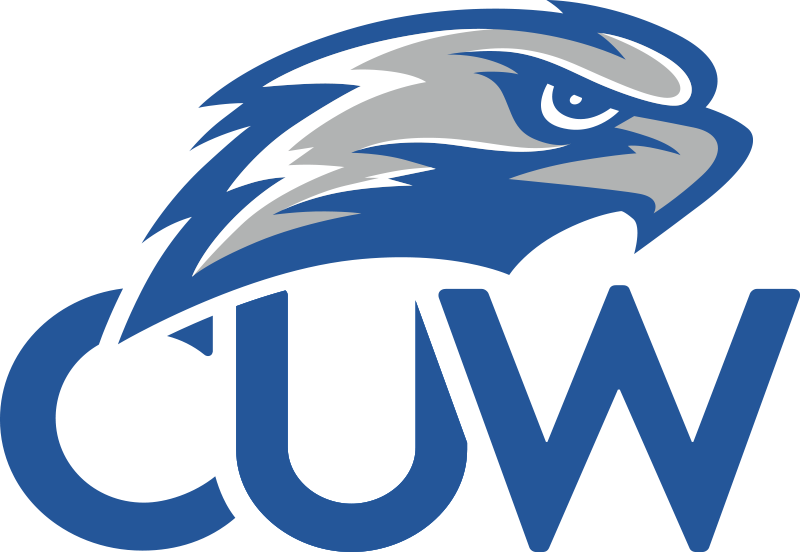
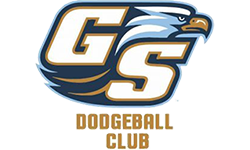


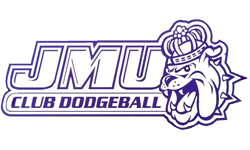







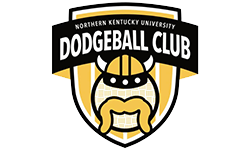







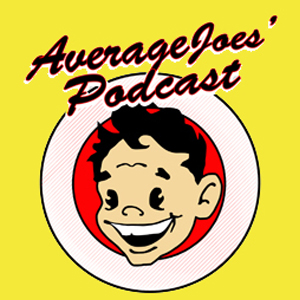 In this episode, Zac and Alex recap the SVSU-GVSU showdown and BGSU tournament, preview the MSU Invite and discuss a new team bracket at Nationals with Ben Sobczyk. Zac also says “Bullhell” a lot and Alex earns his first bleeping.
In this episode, Zac and Alex recap the SVSU-GVSU showdown and BGSU tournament, preview the MSU Invite and discuss a new team bracket at Nationals with Ben Sobczyk. Zac also says “Bullhell” a lot and Alex earns his first bleeping.
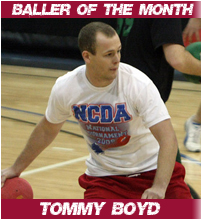 Tommy Boyd
Tommy Boyd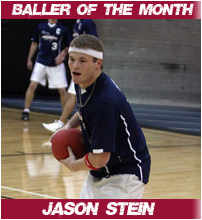 Jason Stein – SVSU
Jason Stein – SVSU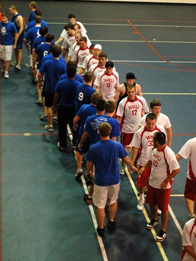 “Our players couldn’t help but feed off the fan energy,” Josh Raymer said gratefully in reference to the crowd at Western’s home opener against UK.
“Our players couldn’t help but feed off the fan energy,” Josh Raymer said gratefully in reference to the crowd at Western’s home opener against UK.
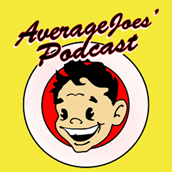 I’m a perfectly content 21-year old going into my last year of college.
I’m a perfectly content 21-year old going into my last year of college. Ask any college player, and they’ll tell you that the great game of dodgeball can really take a physical toll on its participants over the course of a season.
Ask any college player, and they’ll tell you that the great game of dodgeball can really take a physical toll on its participants over the course of a season.